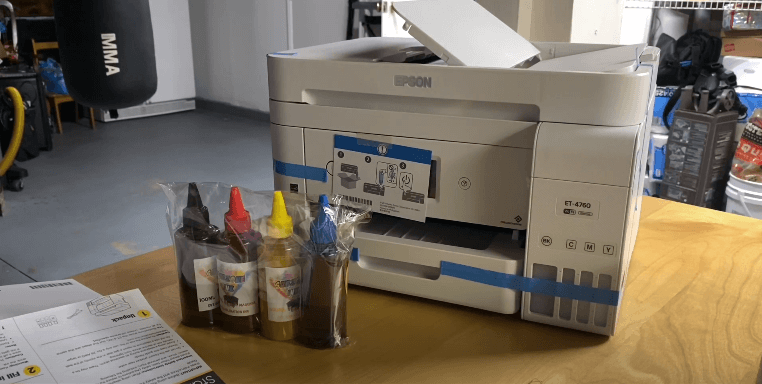
Hydroponic gardening is a modern and efficient method of growing plants without the use of soil. It allows individuals to cultivate a variety of crops indoors or outdoors, regardless of environmental constraints. By providing essential nutrients directly to the plants' roots through a nutrient-rich water solution, hydroponic gardens can result in faster growth rates and higher yields compared to traditional soil-based gardening. In this article, we will outline a step-by-step guide to help you set up and maintain your own hydroponic garden.
Step 1: Understand the Basics
Before diving into the practical aspects, it's important to grasp the fundamental concepts of hydroponic gardening. Familiarize yourself with the key components of a hydroponic system, including the growing medium, nutrient solution, water, air, light, and the plants you intend to grow.Step 2: Choose a Hydroponic System
There are several types of hydroponic systems, each with its own pros and cons. Some popular options include:- Deep Water Culture (DWC) System: Plants are suspended in a nutrient-rich water solution with their roots submerged.
- Nutrient Film Technique (NFT) System: A thin film of nutrient-rich water flows over the plant roots in a sloping trough.
- Aeroponics System: Plants are suspended in air, and a nutrient-rich mist is periodically sprayed onto the roots.
- Drip System: Nutrient solution is dripped onto the plants' roots at regular intervals.
- Ebb and Flow (Flood and Drain) System: Nutrient solution floods the growing medium and then drains, allowing the roots to access air.
Step 3: Gather the Necessary Equipment and Supplies
Depending on the chosen hydroponic system, gather the required equipment and supplies, including:- Containers or reservoirs for nutrient solution
- Growing trays or troughs
- Growing medium (rock wool, perlite, coconut coir, etc.)
- Nutrient solution
- pH and EC meters
- Pumps, tubing, and fittings
- Grow lights (if growing indoors)
- Seeds or seedlings of the desired plants




